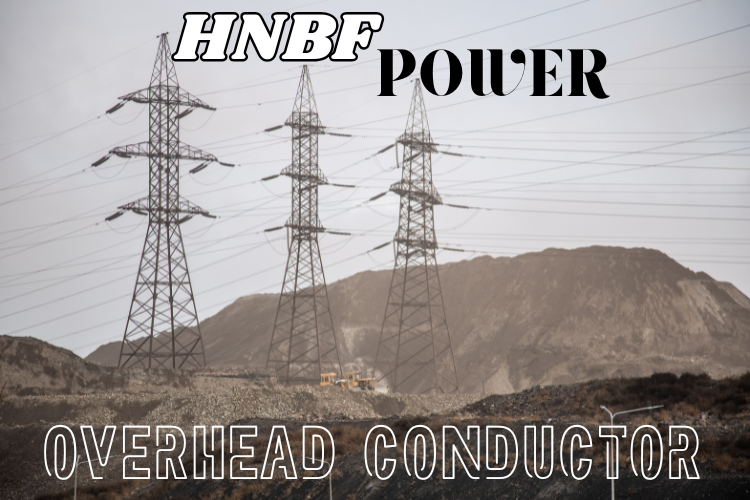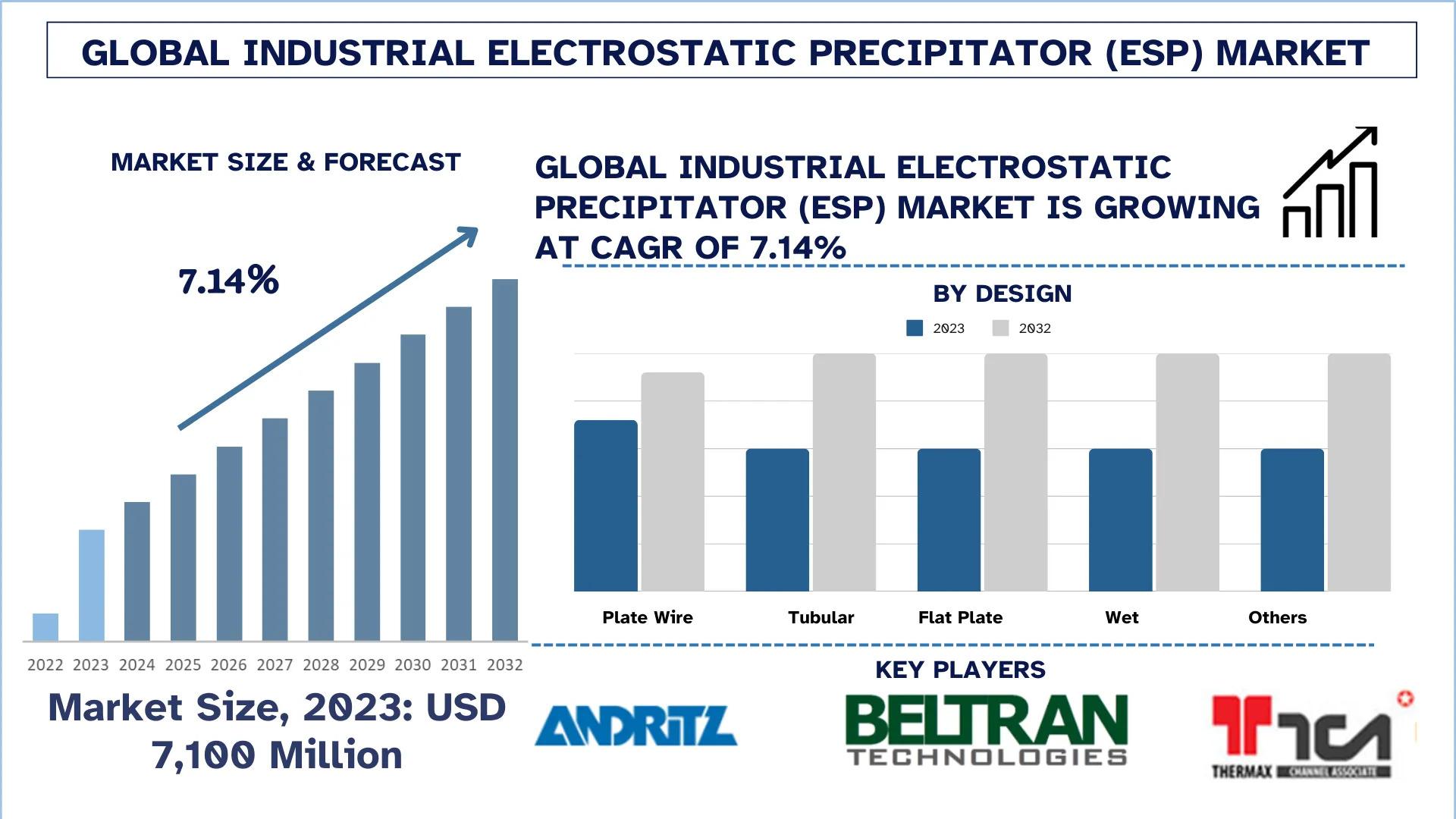Overhead conductors are a vital part of power transmission systems worldwide. They ensure reliable electricity flow across long distances with minimal losses. This guide by HNBFpower provides clear and useful insights into what overhead conductors are, their types, specifications, advantages, and how to select the right one for your project.
1. What is an Overhead Conductor?
An overhead conductor is a cable used to transmit electrical power through overhead transmission and distribution lines. These conductors are suspended between poles or towers and are designed to carry current efficiently while withstanding environmental factors such as wind, rain, and temperature changes.
Common materials include aluminum, steel, copper, or composite cores, depending on performance and budget requirements.
2. Common Types of Overhead Conductors
Overhead conductors vary by material and construction. The most widely used types include:
-
AAC (All Aluminum Conductor):
Ideal for short distances and urban networks due to its high conductivity and low weight. -
AAAC (All Aluminum Alloy Conductor):
Stronger and more corrosion-resistant than AAC, suitable for coastal and industrial areas. -
ACSR (Aluminum Conductor Steel Reinforced):
Combines aluminum’s conductivity with steel’s strength, making it perfect for long-distance high-voltage transmission lines. -
ACAR (Aluminum Conductor Alloy Reinforced):
Offers a balance between strength and conductivity, often used in demanding transmission projects.
Each type serves a specific purpose based on terrain, span length, and environmental conditions.
3. Key Specifications and Characteristics
When selecting an overhead conductor, it’s essential to understand the following specifications:
-
Conductivity: Determines how efficiently electricity flows.
-
Tensile Strength: Ensures the conductor can withstand mechanical stress.
-
Weight: Affects sag and installation tension.
-
Thermal Rating: Indicates how much heat the conductor can handle without performance loss.
-
Corrosion Resistance: Important for coastal or industrial areas with high pollution.
HNBFpower conductors are engineered with precision to balance these characteristics, ensuring stable performance and durability even under extreme conditions.
4. Advantages of Using Overhead Conductors
-
Cost-Effective Transmission: Less expensive to install and maintain compared to underground cables.
-
Ease of Inspection and Maintenance: Accessible for repairs and upgrades.
-
High Reliability: Designed to perform efficiently across large distances.
-
Durability: Built to resist weather, UV radiation, and corrosion.
-
Flexibility: Compatible with various voltage levels and applications.
At HNBFpower, advanced manufacturing ensures that each conductor delivers maximum strength and conductivity with minimal losses.
5. How to Choose the Right Overhead Conductor
Selecting the correct overhead conductor involves several important steps:
-
Define Transmission Requirements:
Determine voltage level, distance, and current load. -
Assess Environmental Conditions:
Consider temperature, wind load, humidity, and possible pollution exposure. -
Select Suitable Type:
Choose between AAC, AAAC, ACSR, or ACAR based on performance needs. -
Verify Standards Compliance:
Ensure conductors meet international standards like ASTM, IEC, or BS. -
Consult Manufacturer Expertise:
Working with trusted suppliers such as HNBFpower ensures product quality, certification, and technical support throughout your project.
6. Why Choose HNBFpower Overhead Conductors
HNBFpower is committed to delivering high-quality electrical conductors that combine advanced materials, precision engineering, and reliability. With years of industry expertise, the brand ensures:
-
Consistent product quality
-
Competitive pricing
-
Custom specifications for unique project needs
-
Reliable technical support
Whether you’re planning a new power transmission network or upgrading existing infrastructure, HNBFpower provides durable and efficient overhead conductors to keep energy flowing safely and smoothly.
Conclusion
Overhead conductors play a crucial role in modern electrical systems, providing a safe and efficient way to transmit power across regions. By understanding their types, specifications, and selection criteria, you can make informed decisions that ensure long-term reliability. With HNBFpower, you gain a trusted partner dedicated to powering progress with quality, innovation, and performance.


